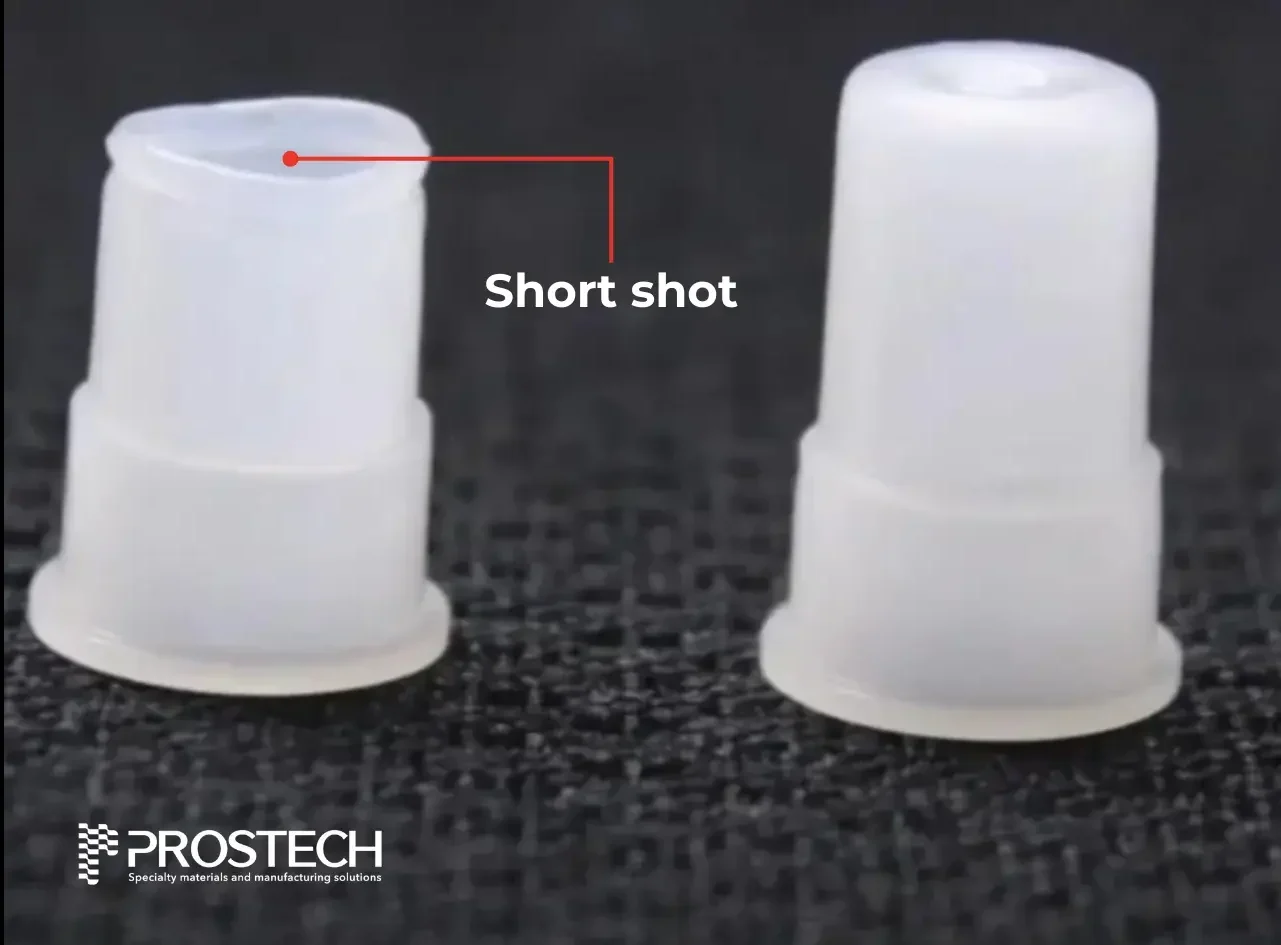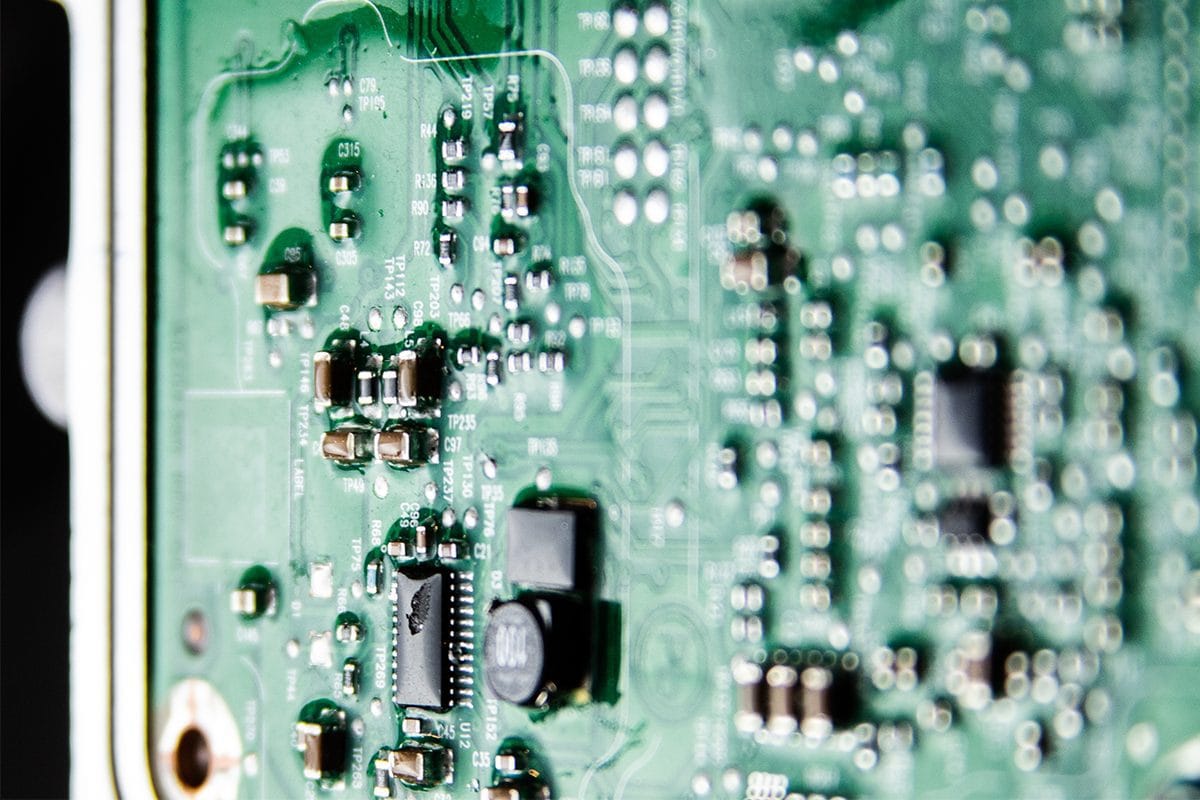Nowadays, Low Pressure Molding (LPM) stands out as a versatile and efficient technology in manufacturing. This innovative process involves using low pressure to inject materials into molds, offering a range of benefits that cater to diverse applications. From electronics to automotive components, LPM ensures superior protection and enhanced performance by creating robust and reliable encapsulations. In this blog, we will explore the fundamentals of LPM, its key applications across various industries, and the numerous advantages it offers over traditional PCB protection techniques.
1. What is Low-Pressure Molding?
Low pressure molding (LPM), also known as Low Pressure injection molding, is a process for molding and protecting electric and electronic components (e.g printed circuit boards, sensors or connectors…) from vibrations, shocks, and harsh environments. In the low pressure molding process, melted plastic material is injected into a mold cavity at relatively low pressures, typically ranging from 1.5 to 40 bar (21.8 to 580 psi), making it suitable for sensitive electronics.
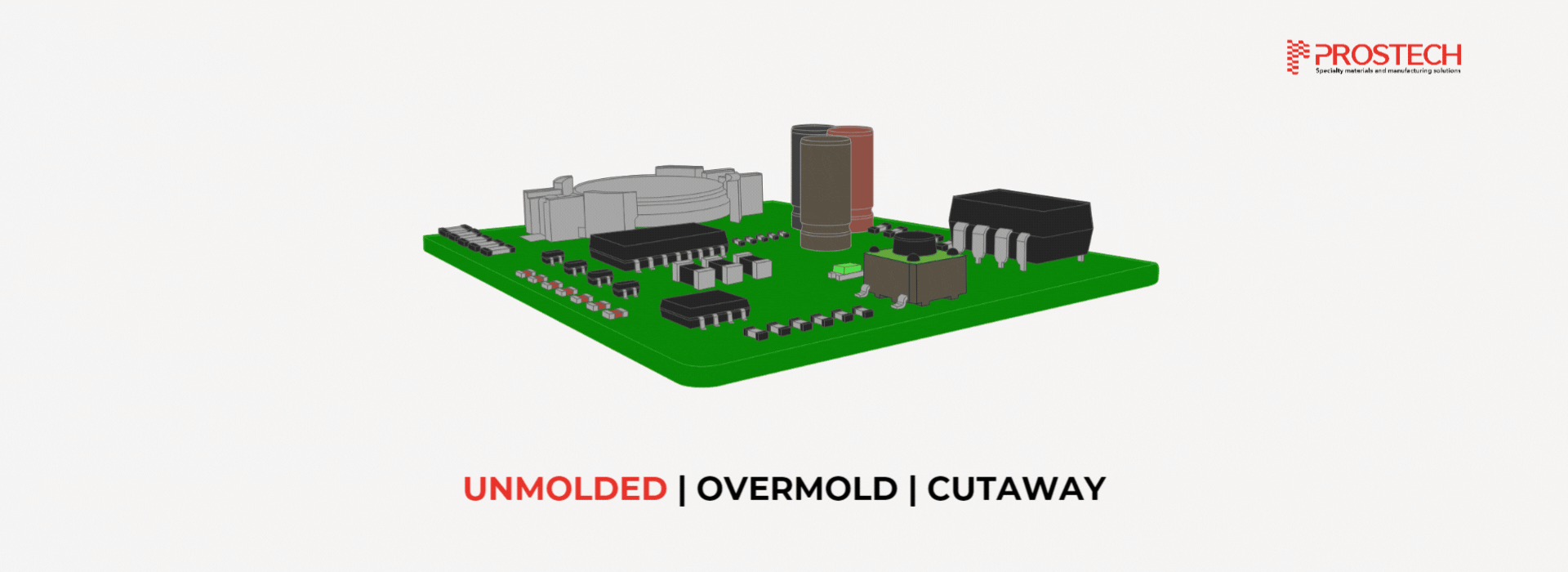
In addition, the utilized materials do not have to be mixed and there is no reaction or curing time. The components are immediately ready for further processing. The continuous development of the LPM process ensures an ever-widening range of applications. The use and combination of materials with a wide range of properties in conjunction with a wide range of processing variants offer enormous potential for ever new, innovative moulding solutions.
2. Low Pressure Molding Process

Compared to traditional injection molding or potting, Low Pressure Molding has simplified manufacturing process. It takes place in three simple steps as following:
- Insert: The electronic components or parts to be encapsulated are inserted into the mold cavity. This usually takes about 5-10 seconds to load.
- Overmolding: The low pressure molding machine injects the melted material into the mold at low pressure. The material flows around and encapsulates the inserted components. This step takes about 15-60 seconds.
- Cooling and Ejection: The molded part is allowed to cool and solidify. Once cooled, the part is ejected from the mold. The finished part can be handled and tested immediately after molding.
3. Benefits of Low Pressure Molding
Low Pressure Molding simplifies the manufacturing process significantly and bring a lot of advantages such as:
- Ingress protection: Provide high IP level to protect your products from moisture, dust, vibration and harash environments by strong adhesiveness, high flowability durability.
- Component safety: Lower processing temperatures and pressure minimize stress on delicate electronic components.
- Reduce manufacturing steps and improve productivity: Reduce the customer takt time and make productivity improvement.
- Eco-Friendly: LPM often uses thermoplastic materials that can be recyclable
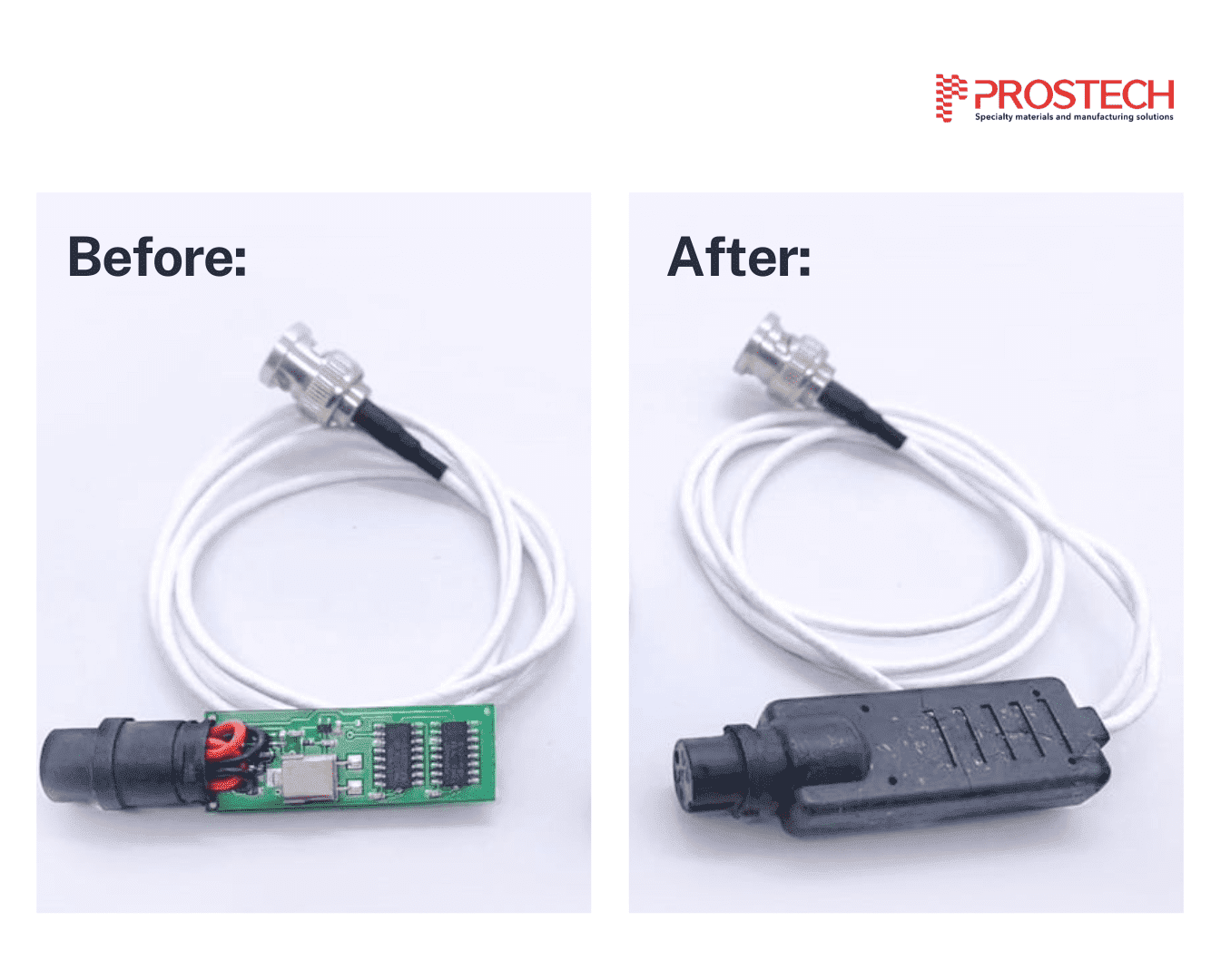
4. Applications of Low Pressure Molding
Against the backdrop of increasingly compressed installation space and growing power densities, the demands on the design of electric and electronic components are rising. Encapsulation processes and materials are among the decisive factors for the durability of electrical and electronic assemblies. Thanks to LPM’s benefits, the LPM process has now become an established manufacturing technology in many areas of electronics production and is used in various industries. From automotive and electronics to medical devices and custom goods, LPM offers unique advantages in producing complex and large-scale components.
Automotive industry
LPM finds applications in the automotive industry for producing components such as sensors, wiring harnesses, micro switches, and various interior parts. The ability of LPM to mold complex shapes and large parts makes it an ideal choice for manufacturing automotive components.
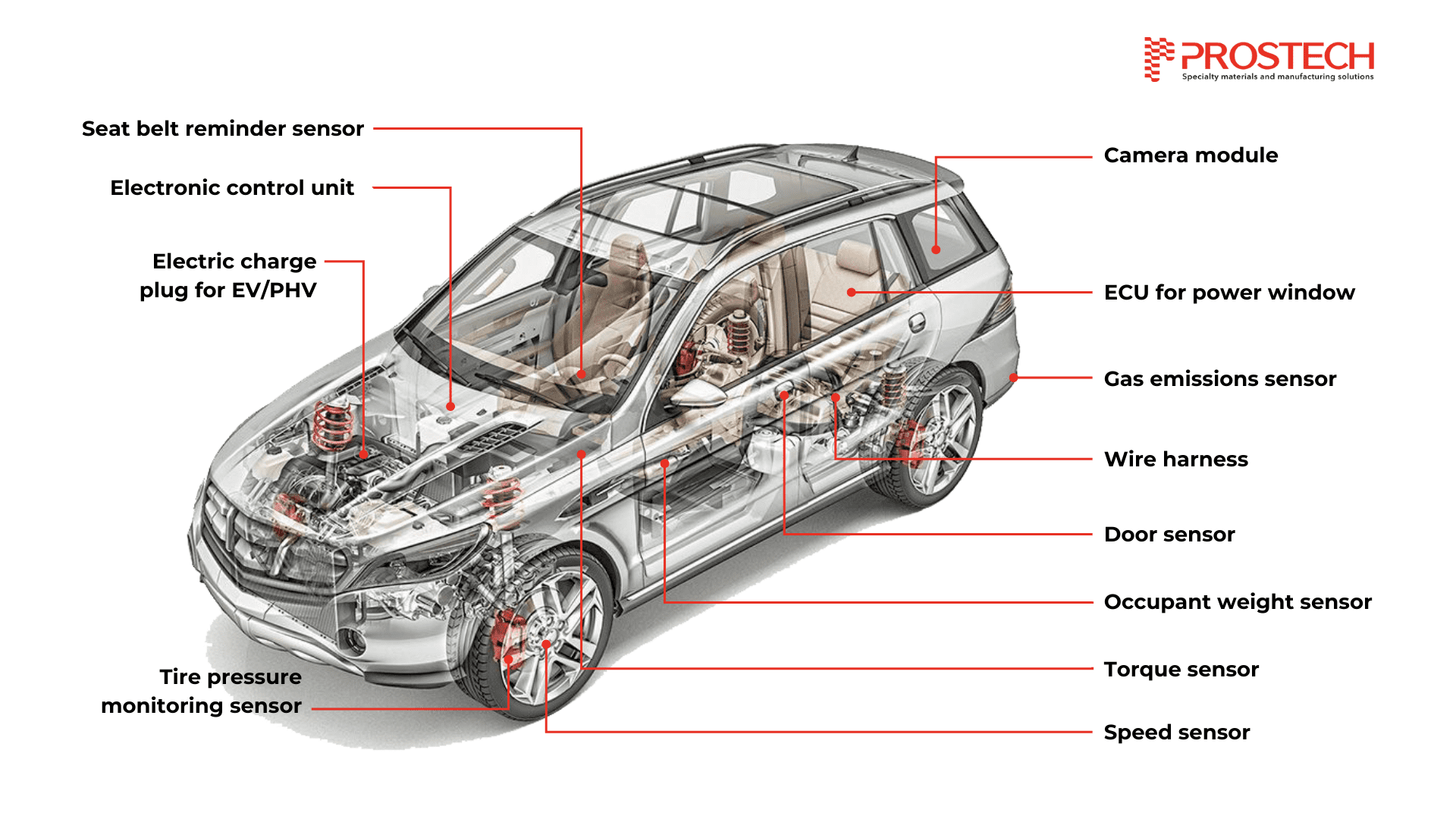
Electronics
LPM is particularly well-suited for molding intricate parts such as PCBs, sensors, connectors, cables, and sensitive components. The low pressure applied during the molding process minimizes the risk of damaging delicate electronic components, ensuring high-quality and reliable products.

Medical Devices
LPM’s ability to produce complex, precise, and biocompatible components makes it an attractive choice for a wide range of medical devices such as medical electronics, diagnostic devices, etc.
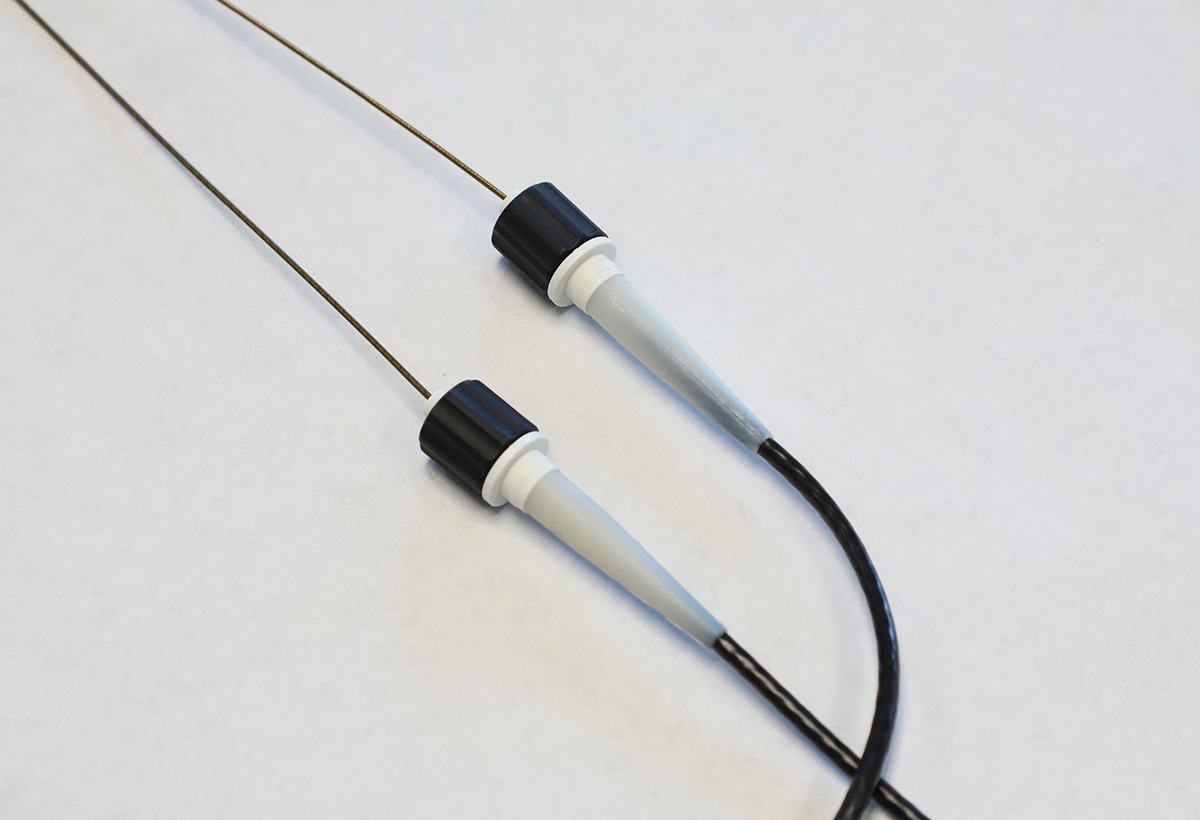
Custom goods
Due to versatile manufacturing process, LPM can be used to create complex shapes, intricate details, and large-scale components makes it an ideal choice consumer goods industry including toys, household items and home appliance.
See our full LPM solution at:
Low Pressure Molding is gaining popularity due to its ability to protect components from vibrations, shocks, and harsh environments. With a diverse range of chemical platforms, Prostech offers unmatched application flexibility for Low Pressure Molding. Prostech guarantees optimal performance and reliability through advanced technology and precise attention to detail in delivering critical material solutions. Prostech provide a comprehensive solution, including consultation, materials, and low pressure molding systems.
To learn more about options for materials and machines in low pressure molding, you can refer to our articles:
- How to choose the right Low pressure molding materials?
- Overview of Low Pressure Molding Systems (Low Pressure Machine)
With a international network of warehouses and logistics support, we are well-positioned as a comprehensive supplier. Prostech is committed to becoming a trusted partner for manufacturers around the world. Please contact us by leaving your information below:





